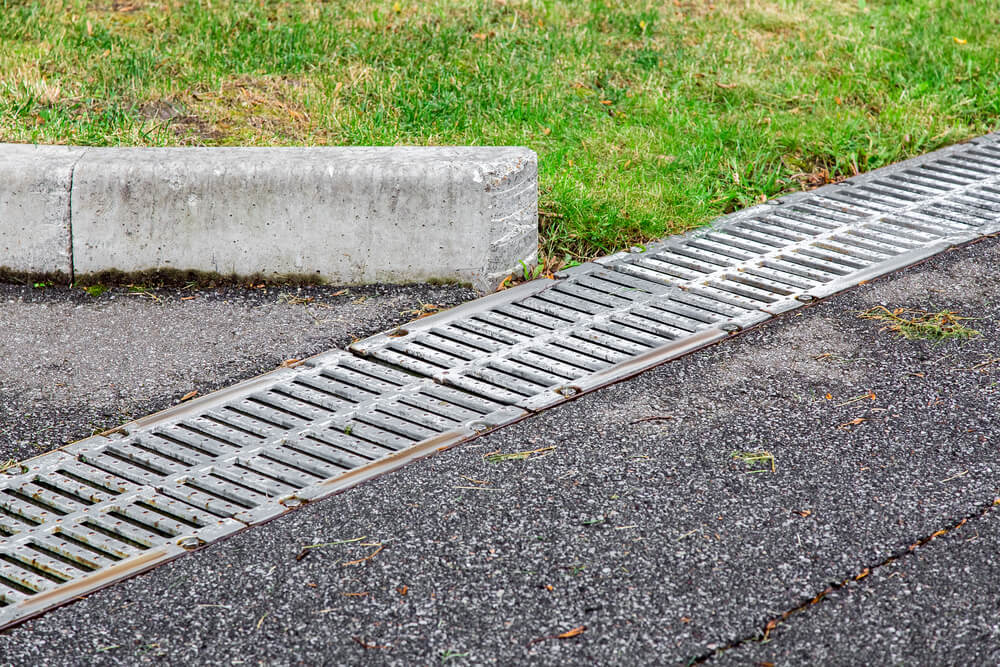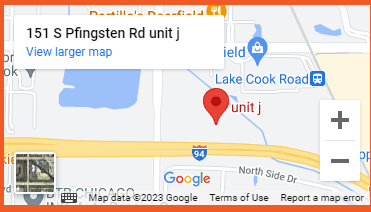Transform your backyard basketball court with essential insights into outdoor basketball court flooring and drainage systems. Learn how proper design and maintenance can ensure safety, longevity, and optimal gameplay for your court.
Why Drainage Matters
Installation of an efficient water drainage system should be one of your major concerns when building an outdoor sports court. These playing areas, whether a multi-sports court, residential indoor tennis court setup, or volleyball court, are exposed to a wide range of weather and external conditions when built outdoors. The same is true in the case of basketball courts constructed outdoors, like the ones in a community park or even backyard basketball courts.
A poor drainage system for your outdoor courts can cause the water to accumulate and stay on the basketball court floor tiles, leading it to seep underneath the flooring through tiny cracks and crevices. The wear and tear of these basketball court tiles is accelerated by the water that has reached deep down. What follows is the floor becoming damaged and in need of repairs that can be very expensive.
Deterioration of the court can damage its aesthetic outlook. The discoloration, water stains, and uneven surfaces on the basketball flooring make the court look unattractive, unkempt, and neglected. Moreover, it can also cause the growth of substances like mold and mildew.
Different Types of Drainage Solutions
Here are different types of drainage systems for your basketball court flooring; although well-suited for a court built outdoors, they are also a good choice for indoor basketball courts:
- Surface grading and sloping: This is the most common mode of drainage used. The surfaces are made to slope in a direction that causes water to flow out of the playing area in a natural way. This type of method can work best if you have a small area, like a private backyard court outdoors.
- Permeable surfaces: Sometimes, the basketball court flooring is made to allow the water to absorb into the material that the surface is made up of. This prevents water from being accumulated on the sports flooring.
- French drains: These drains are made up of trenches that are filled with gravel and perforated pipes. The water that stays on the floor is made to flow into the drain towards the trenches that are filled with gravel, preventing water from logging on the basketball floor.
- Channel drains: This solution is especially effective for areas with heavy rainfall. Long channel drains are placed at the court’s edge or where the water flows naturally, directing the flow into a drainage system away from the surface.
- Modular drainage systems: These contain interlocking tiles that have their own drainage channels. These channels guide the water away from the top of the court and help to keep the court floor dry.
Drainage and Safety
Slipping and falling are some of the most common hazards that can cause injuries to a player during a basketball game. Having a good drainage system makes sure that the surface of the court is dry and clean at all times, making the game safe for the players.
Effective drainage channels in your court reduce water accumulation, and there is less puddle formation on the court. These puddles can, otherwise, create slippery conditions that can increase the likelihood of a player losing their footing and falling. The drainage also helps remove any lingering moisture after heavy rain, which can also cause slippery conditions, exposing players to injuries.
Neglecting safety considerations, like a proper drainage system, can cause player injuries and lead to the owner/manager of the sports facility being liable for the mishap legally. Legal action could be taken against the court owner due to their negligence in adopting proper safety measures. Therefore, if you own a public basketball court, it is all the more important for you to make the safety of the players your priority and install a good drainage system.
DIY vs. Hiring Home Court Advantage
When installing a drainage system for your court, use a do-it-yourself kit or hire a professional court installer like HCA Sports. Some considerations should be kept in mind before making a choice.
Using a DIY project is a cheaper option that may offer a degree of flexibility. Still, hiring professionals with relevant expertise is always better. Using such DIY projects can compromise the quality of the drainage system and, hence, the safety of the court.
Moreover, professionals like Home Court Advantage provide quality assurance and guarantees for their work. They can help in quicker installation of the drainage mechanism that will be much more durable and long-term.
Different Types of Court Flooring and Their Drainage Capabilities
Different types of court surfaces have different drainage qualities. The most common type of outdoor flooring used for basketball courts is concrete, which is very similar to a garage floor. This sports floor can be damaged severely by water retention on its surface and needs a very efficient drainage system. Similar is the case with wood flooring. This type of surface is rare, but water accumulation can cause the wooden floor to swell, making it a bad choice for your court.
Outdoor rubber basketball court flooring is known for its shock absorption and slip resistance. However, water can seep deeper into the surface of the rubber floor and damage its structure and durability. Hence, a drainage system is needed for this type of court, too.
A modutile basketball court makes use of interlocking sports tiles. These are considered one of the best outdoor basketball court tiles due to their durability. Their drainage quality depends on the type of material used in constructing these floors. Some porous or perforated modular tiles allow water to pass through them, which reduces puddling and aids in drainage.
More details about these can be obtained by contacting a professional court installation company like Home Court Advantage.
Easy Tips for Keeping Your Drainage System Functioning
Here are some simple tips to increase the longevity of your court drainage system:
- Make sure to conduct regular inspections to find any issues on time.
- Clear the drains, basins, and other drainage channels of any dirt or debris, as they can damage the system by obstructing the water flow. Use equipment like gloves and other appropriate tools to remain safe.
- The court’s natural slope can fade over time due to uneven wear and tear. Ensure that this remains intact and sharp over time.
- Inspect seals and connections in your drainage system for signs of leaks or wear. Ensure that all seals are intact and connections are secure. Address any leaks promptly to prevent water loss or damage.
- Some courts have a special surface coating to help in water runoff. Inspect regularly to make sure that the coating is safe from any wear.

Nate Parsons is the owner of Home Court Advantage, a leading manufacturer and supplier of premium residential and commercial athletic courts based in Northern Illinois. With a strong background in therapeutic recreation and business from York College, Nate has excelled in the sports industry, from college tennis to national rankings in platform tennis. He has served as the Director of Racquet Sports at Glen View Club, President of the Professional Platform Tennis Association, and as a teaching professional in tennis, pickleball, and platform tennis. Nate is also the founder of Pickleball AI, a platform for tracking players and points, and Club Dink, a pickleball brand that brings fun to the game.











